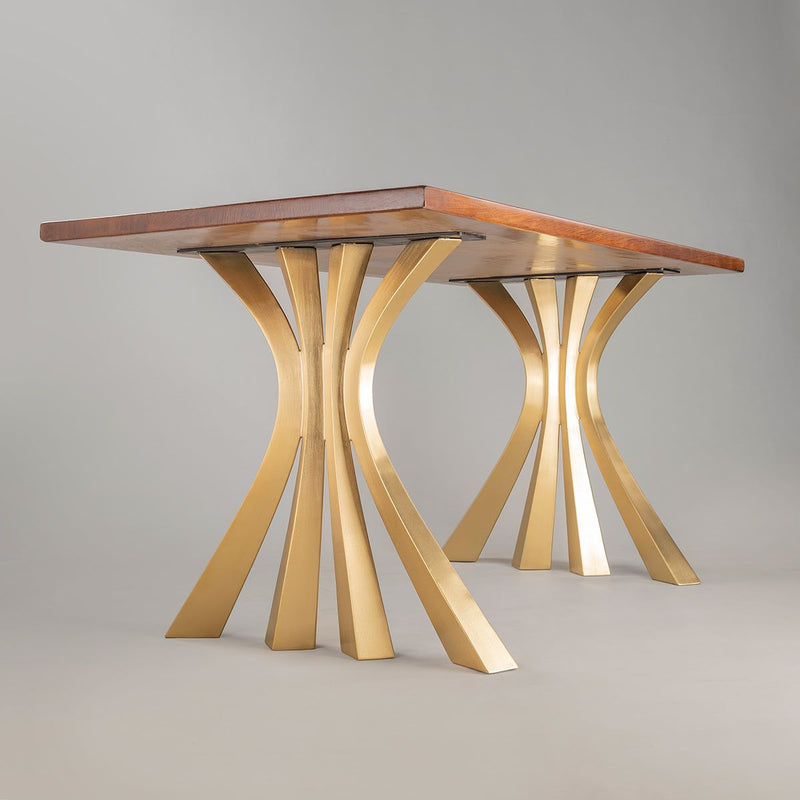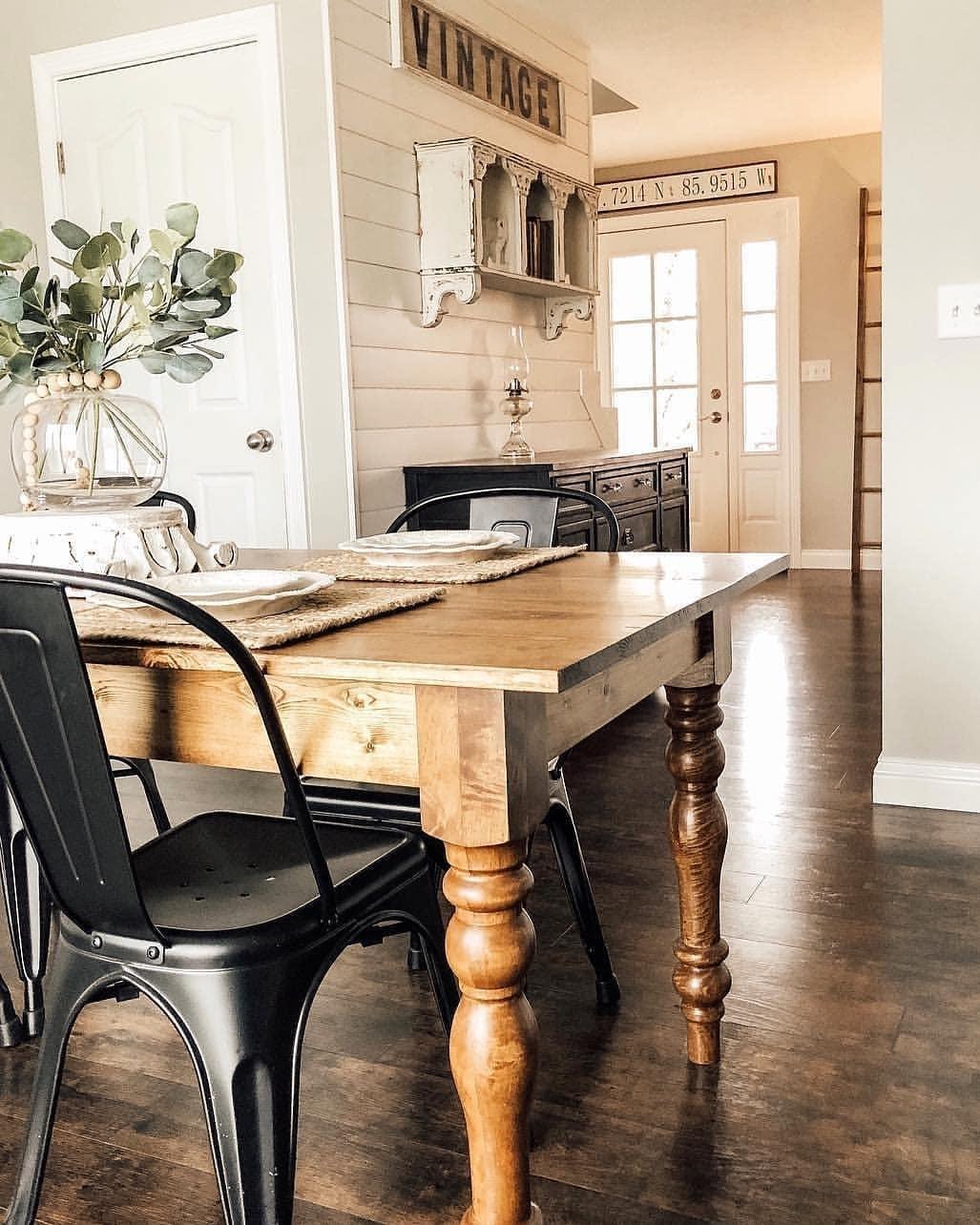Exactly how to Choose the Perfect Dining Room Table Legs for Your Home Style
Exactly how to Choose the Perfect Dining Room Table Legs for Your Home Style
Blog Article
Choosing the Perfect Table: What Styles Work Best for Your Home?
Choosing the excellent dining table for your home can be a nuanced process that stabilizes looks and functionality. To navigate these selections effectively and find a table that genuinely enhances your home, consider the following elements in detail.
Examining Your Room
Reviewing the dimensions and layout of your dining area is a crucial initial step in choosing the best table. Begin by gauging the size and size of the space, accounting for doorways, windows, and other architectural functions that might affect table placement. This makes certain that your table not just fits yet additionally enables comfy activity around it.
Take into consideration the variety of individuals you generally captivate. A table ought to fit your home's everyday needs while providing sufficient adaptability for periodic visitors. Generally of thumb, designate at the very least 24 inches of table width each to ensure a comfy dining experience.
It's additionally vital to preserve appropriate clearance around the table. Ideally, there need to go to the very least 36 inches in between the table edge and walls or other furniture, making it possible for very easy access and activity. For areas where chairs with arms or additional storage space systems like buffets are entailed, raising this clearance to 48 inches is recommended.
Illumination and atmosphere play substantial functions. Guarantee that your dining table straightens with existing illumination components or plan for appropriate lighting remedies. This detailed spatial assessment warranties that your table not just fits literally but also balances with your room's total functionality and visual.
Popular Table Styles

Conventional table usually include luxuriant information, rounded legs, and rich wood coatings, stimulating a feeling of classic style. They are excellent for homes with traditional decoration or those seeking to add a touch of sophistication to their eating area.
Modern eating tables focus on simplicity and clean lines, often incorporating materials like glass and metal. These tables are ideal for modern areas, offering a sleek and minimalist appearance that matches minimalist layout viewpoints.
Rustic dining tables, on the other hand, stress all-natural materials and a handmade appearance - dining room table legs. They frequently include recovered wood and a troubled surface, creating a cozy and inviting ambience. These tables work well in farmhouse-style homes or those looking for a relaxing, organic feeling
Industrial dining tables combine basic materials such as metal and timber, frequently showcasing a practical aesthetic. This design is fit for loft spaces or urban areas, adding a touch of tough charm and longevity to the dining experience.
Each design provides unique advantages, making it important to select one that aligns with your home's general design and your personal choices.
Material Options
When choosing a table, the choice of product plays a vital role in figuring out both the table's aesthetics and functionality. Timber, metal, glass, and composite materials each deal unique benefits and obstacles, making it necessary to straighten the material with your home's decoration and way of living needs.
Timber is a classic and versatile option, offered in selections such as oak, walnut, and mahogany. Understood for its longevity and warmth, wood matches both standard and modern insides. However, it requires routine upkeep to avoid scrapes and bending.
Metal tables, usually crafted from stainless-steel, see this site aluminum, or wrought iron, are praised for their modern appeal and robustness. They are especially matched for commercial or minimal setups yet can be vulnerable to damages and might really feel chilly to the touch.
Glass table bring an air of sophistication and visibility, perfect for smaller spaces as they produce an impression of even more area. While simple these details to tidy, glass can be at risk to smudges and calls for careful handling to stay clear of chips and cracks.
Composite materials, such as MDF and plywood, deal cost-efficient and adjustable options, though they may lack the longevity of all-natural products. Picking the ideal material ensures your table is both a useful property and an aesthetic pleasure.
Sizes And Shape Factors To Consider
After establishing the proper material for your dining table, the next consideration is selecting the right form and size to suit your room. The shape of the table considerably influences the room's visual and capability. Rectangular tables, the most common shape, are excellent for bigger rooms and can accommodate a higher number of guests. They also permit for a much more formal dining experience. Conversely, rounded tables cultivate a sense of affection and are exceptional for smaller eating locations, urging discussion by eliminating edges and making everyone really feel equally consisted of.
Dimension is similarly crucial and must be dictated by both the space's measurements and the number of people you prepare to seat routinely. As a regulation of thumb, assign at the very least 24 inches of table size per individual to guarantee comfortable eating. In addition, consider the table's clearance area: there must go to least 36 inches between the table side and the wall surfaces or other furniture. This makes sure that restaurants can relocate about conveniently without feeling cramped. Expanding tables provide versatility if you frequently organize bigger gatherings, supplying added seating when needed without inhabiting added room daily. Selecting the right shape and size makes sure both practicality and aesthetic harmony in your eating location.
Matching Your Design
Picking an eating table that balances with your existing decor is crucial in producing a cohesive and welcoming area. Begin by assessing your existing interior layout style, whether it be contemporary, traditional, rustic, or diverse. The table need to match the overall visual, not take on it. A smooth, minimal table with tidy lines is perfect for a modern-day home, while a vintage, ornate table matches a more standard setting.
If your decor features warm tones and natural materials, take into consideration a wood table to enhance the organic feel. On the other hand, a glass or steel table might be a lot more ideal in a room dominated by great shades and commercial elements.
Appearance plays a critical duty. A rough-hewn, recovered timber table can include personality to a rustic space, while a refined marble surface area can elevate a glamorous dining area. Take into consideration the range and percentage of the table in connection to the space dimension and existing furniture. A well-matched table not only boosts aesthetic charm however also enriches the total eating experience.

Conclusion
Selecting the perfect dining table necessitates visite site careful consideration of space, style, materials, form, and dimension. Conventional tables enhance traditional insides with abundant wood surfaces, while modern-day tables match contemporary settings through glass and steel.
Report this page